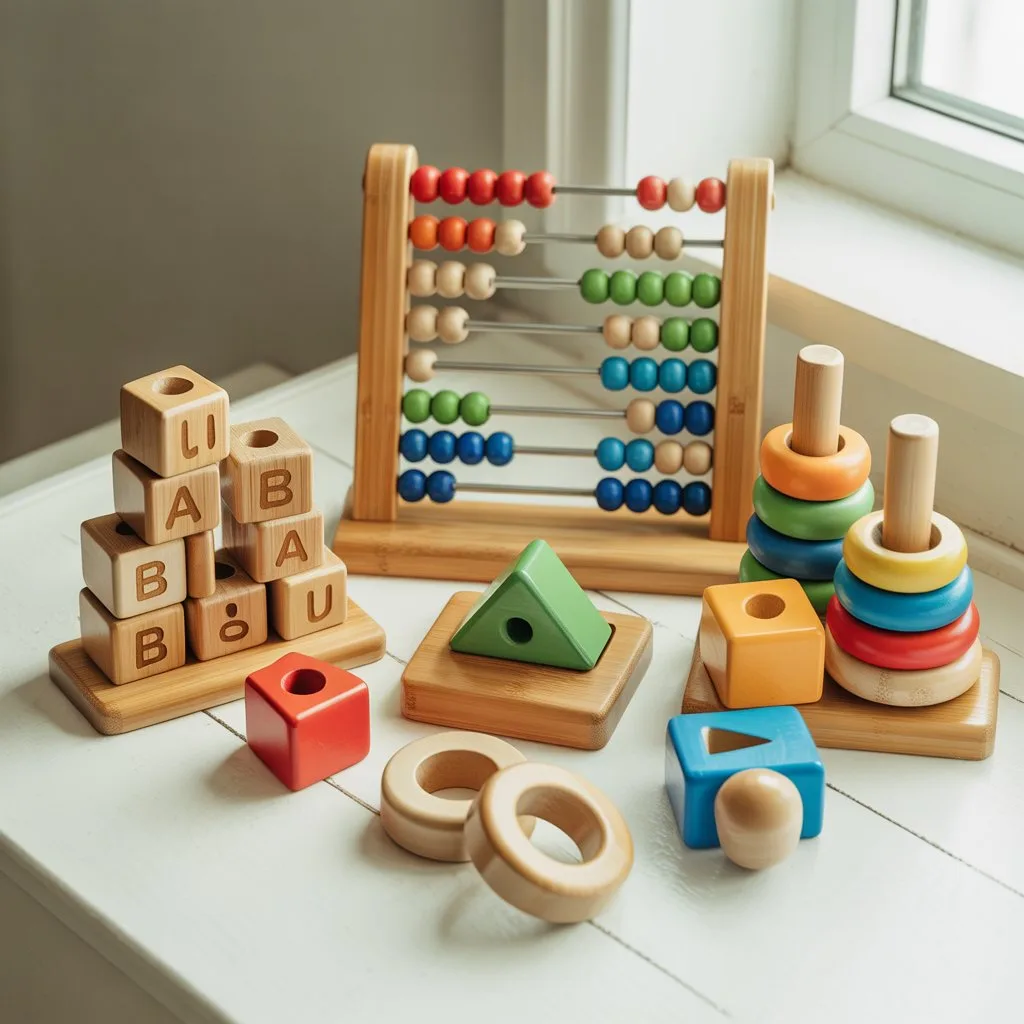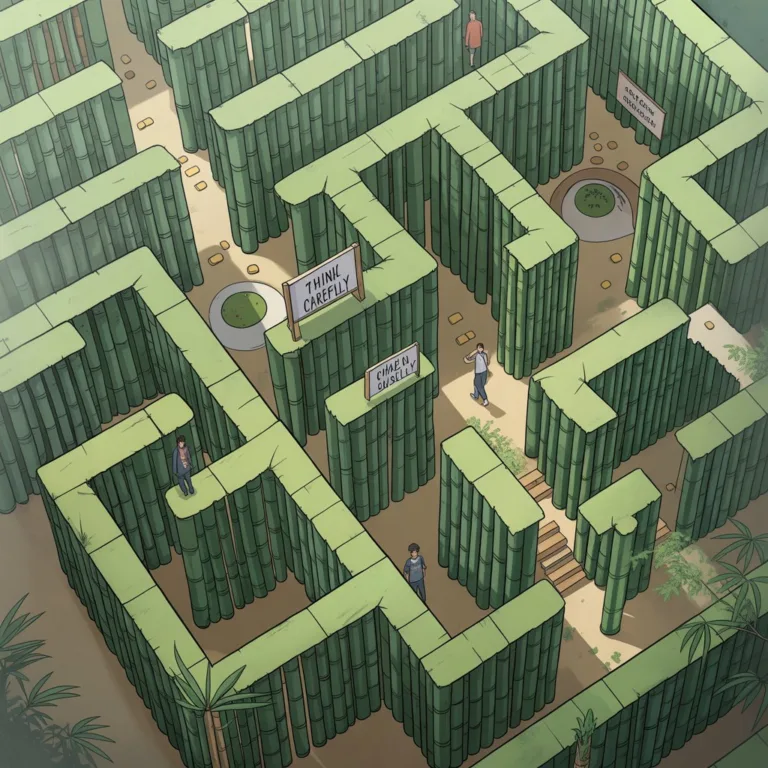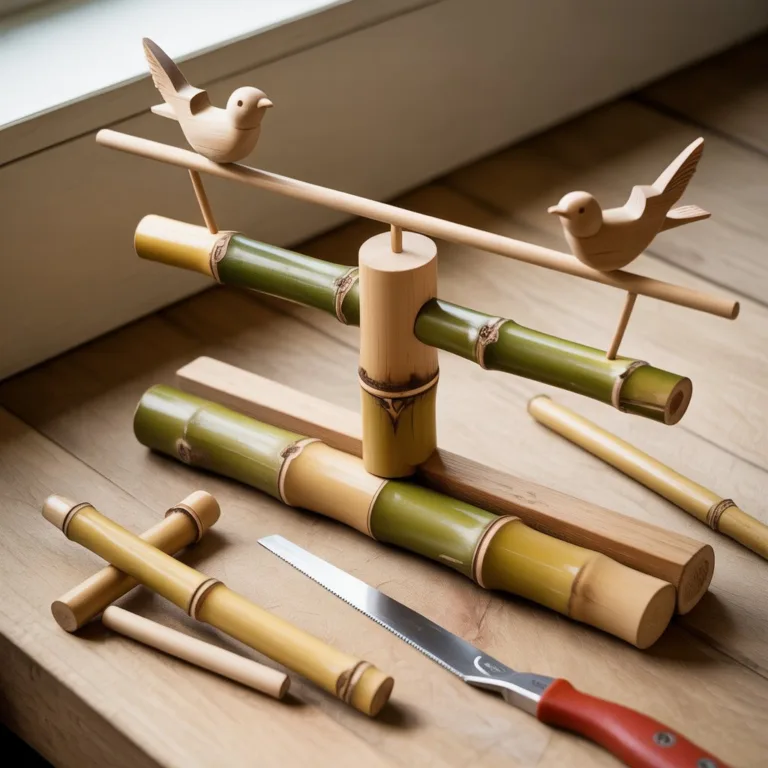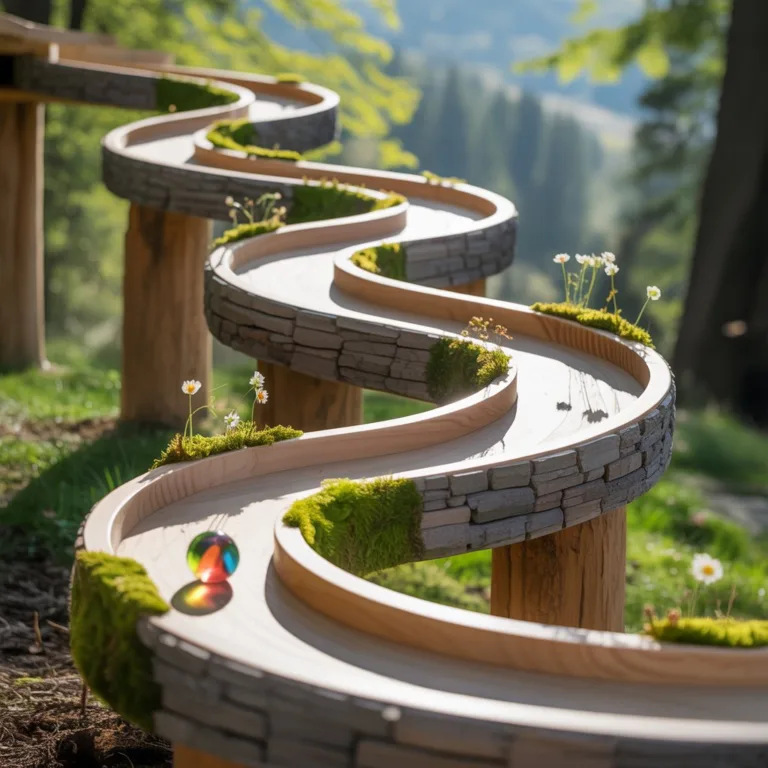Bamboo, one of the most versatile natural materials on the planet, has been used for centuries to create everything from furniture and tools to art and musical instruments. In recent years, it has gained attention as a sustainable resource for crafting educational toys that nurture creativity, cognitive development, and environmental awareness among young children. When transformed into playthings, bamboo becomes more than a natural material — it turns into a bridge between learning and nature, helping children develop essential skills while connecting them to the environment in meaningful ways.

This article explores how bamboo can be used to create educational toys for early learning, highlighting the benefits of bamboo as a renewable material, its role in child development, and practical ideas for crafting toys that are safe, fun, and eco-friendly.
Why Bamboo Is Perfect for Educational Toys
Bamboo is celebrated for its strength, flexibility, and rapid growth rate. Unlike hardwood trees that can take decades to mature, bamboo can reach full size in just a few years, making it one of the most renewable materials available. Its natural properties make it ideal for toys: it’s lightweight, non-toxic, and highly durable.
When used for early learning, bamboo introduces children to the concept of sustainability. Toys made from bamboo are biodegradable and free from harmful plastics or synthetic finishes, aligning with the growing movement toward eco-friendly parenting. The tactile feel of bamboo — smooth yet warm — also enhances sensory experiences for children, fostering a stronger connection to the natural world.
Parents and educators appreciate that bamboo toys are not only environmentally responsible but also timeless in design. They resist wear and tear, encourage imagination, and often require no batteries or electronic components, which helps children focus on hands-on interaction rather than passive entertainment.
The Educational Value of Natural Play
Children learn best through play. The early years of a child’s life are critical for cognitive, physical, emotional, and social development. Educational toys made from bamboo stimulate creativity and problem-solving skills through active engagement.
For example:
- Fine motor development: Manipulating bamboo blocks or threading beads helps children strengthen hand-eye coordination and dexterity.
- Cognitive skills: Sorting, stacking, or matching bamboo shapes introduces basic math and spatial reasoning concepts.
- Language development: Naming colors, shapes, or actions while playing with bamboo toys builds vocabulary and communication skills.
- Environmental awareness: Using natural materials helps children appreciate the planet’s resources and understand the importance of recycling and conservation.
Unlike plastic toys that often dictate how they should be used, bamboo toys tend to be open-ended. A set of bamboo rings can become anything — a bracelet, a tower, or the wheels of an imaginary vehicle. This flexibility promotes divergent thinking, a key ingredient in creativity and problem-solving.
Popular Types of Bamboo Educational Toys
There are countless ways to incorporate bamboo into early learning. From handcrafted puzzles to musical instruments, bamboo lends itself beautifully to various toy designs. Here are some popular categories and how they support different aspects of child development.
1. Bamboo Building Blocks
Bamboo blocks encourage children to build, balance, and design structures using imagination and logic. Their natural texture and unique shapes add an extra sensory layer that plastic blocks often lack. These toys promote spatial awareness, pattern recognition, and early math skills, such as counting and geometry.
2. Stacking and Sorting Toys
Toys like bamboo stacking rings or shape sorters help toddlers learn about size differentiation, order, and symmetry. When combined with vibrant natural dyes or paints, they also help children recognize colors and patterns.
3. Bamboo Musical Instruments
Small bamboo xylophones, maracas, or flutes introduce rhythm, sound, and musical creativity. These instruments not only refine auditory skills but also enhance coordination as children learn to control tempo and pitch.
4. Balancing and Motion Toys
Bamboo rolling cars, spinning tops, and balancing seesaws are excellent for developing fine motor skills and understanding cause and effect. Watching how motion and gravity interact sparks curiosity and experimentation.
5. Counting and Literacy Tools
Bamboo can be carved into number tiles, alphabet blocks, or abacus frames. These simple tools make learning numbers and letters an interactive experience, laying the foundation for literacy and numeracy in an engaging way.
Crafting Bamboo Toys at Home
One of the joys of bamboo-based play is that it invites creativity not only from children but also from adults who make the toys. Crafting educational toys at home can be an enjoyable family project that teaches both resourcefulness and sustainability.
Here are a few ideas for easy-to-make bamboo learning toys:
Bamboo Counting Rods
Cut small bamboo sticks into equal lengths, sand the edges, and use non-toxic paint to number each piece. These counting rods can be used for basic addition, subtraction, and sequencing activities.
Sensory Sound Tubes
Fill small bamboo tubes with natural materials like rice, beans, or seeds. Seal the ends with recycled corks or fabric to create gentle sound shakers. Children can explore sound differences and rhythm through play.
Nature-Inspired Puzzle
Cut thin bamboo slices into unique shapes and arrange them as a natural puzzle. Painting or decorating each piece with leaves, patterns, or textures enhances creativity and attention to detail.
Bamboo Sorting Cups
Repurpose bamboo sections as sorting containers for stones, beads, or seeds. This activity encourages counting, color matching, and hand coordination while reinforcing ecological awareness.
Safety should always come first when crafting homemade toys. Ensure that all edges are smooth, paints are non-toxic, and materials are sturdy enough to withstand play.
Incorporating Bamboo Toys in Early Learning Environments
Educational spaces, such as preschools and daycare centers, can benefit immensely from integrating bamboo toys into their classrooms. Not only do they align with eco-friendly values, but they also promote a calm, natural aesthetic that encourages focused, peaceful play.
Teachers can use bamboo toys as part of thematic lessons — for instance, combining bamboo blocks with lessons on forest ecosystems, or using bamboo counting tools in math exercises. Group play with bamboo toys also fosters collaboration, communication, and sharing among young learners.
Moreover, bamboo materials can be paired with other natural elements like stones, shells, and fabric scraps to create diverse sensory experiences. Mixing textures and weights teaches children to compare, classify, and explore — foundational skills for science and math learning later in life.
Sustainability Lessons Through Play
When children play with bamboo toys, they also absorb important environmental values. Teaching them that their playthings come from renewable, biodegradable resources helps develop eco-conscious habits from an early age.
Parents can reinforce these lessons by explaining how bamboo grows quickly, requires no pesticides, and helps reduce carbon dioxide in the atmosphere. Turning these facts into stories makes learning about sustainability engaging and memorable. For example, telling children how a bamboo shoot grows tall and strong like a superhero plant helps them connect emotionally to nature’s resilience.
Recycled or repurposed bamboo also adds another layer of meaning. Using leftover materials or discarded bamboo pieces for crafting teaches the importance of waste reduction and creative reuse — lessons that extend beyond playtime.
Benefits for Families and Communities
Beyond individual learning, bamboo toys contribute to a more sustainable and community-driven lifestyle. Artisans around the world craft bamboo toys using traditional techniques, passing down cultural craftsmanship while supporting local economies. Choosing these handmade toys over mass-produced plastic alternatives helps preserve artisanal heritage and promotes ethical consumption.
Families who choose or make bamboo toys are also modeling mindful living for their children. The simple act of selecting eco-friendly materials shows that everyday decisions — even those about play — can make a positive difference for the planet.
Additionally, bamboo’s affordability and availability make it accessible to a wide range of communities. Whether purchased from local artisans or crafted at home, bamboo toys prove that sustainability and education can coexist beautifully without high costs or complex manufacturing.
A Natural Path to Early Learning
In a world increasingly dominated by screens and synthetic materials, bamboo educational toys offer a refreshing return to nature. They engage children’s senses, encourage curiosity, and plant seeds of environmental responsibility that can grow throughout their lives.
Exploring, building, and creating with bamboo connects children to the physical world while nurturing essential developmental skills. From counting rods to musical instruments, each toy carries lessons in creativity, sustainability, and respect for nature.
By embracing bamboo as a cornerstone of early education, we’re not just shaping better toys — we’re helping raise mindful, resourceful, and eco-conscious future generations ready to care for the planet and its endless possibilities.

Elena Mora is a creative educator and eco-craft enthusiast who specializes in bamboo musical instruments and sustainable toys for children. She believes that hands-on learning through play teaches kids about creativity, music, and environmental responsibility.



